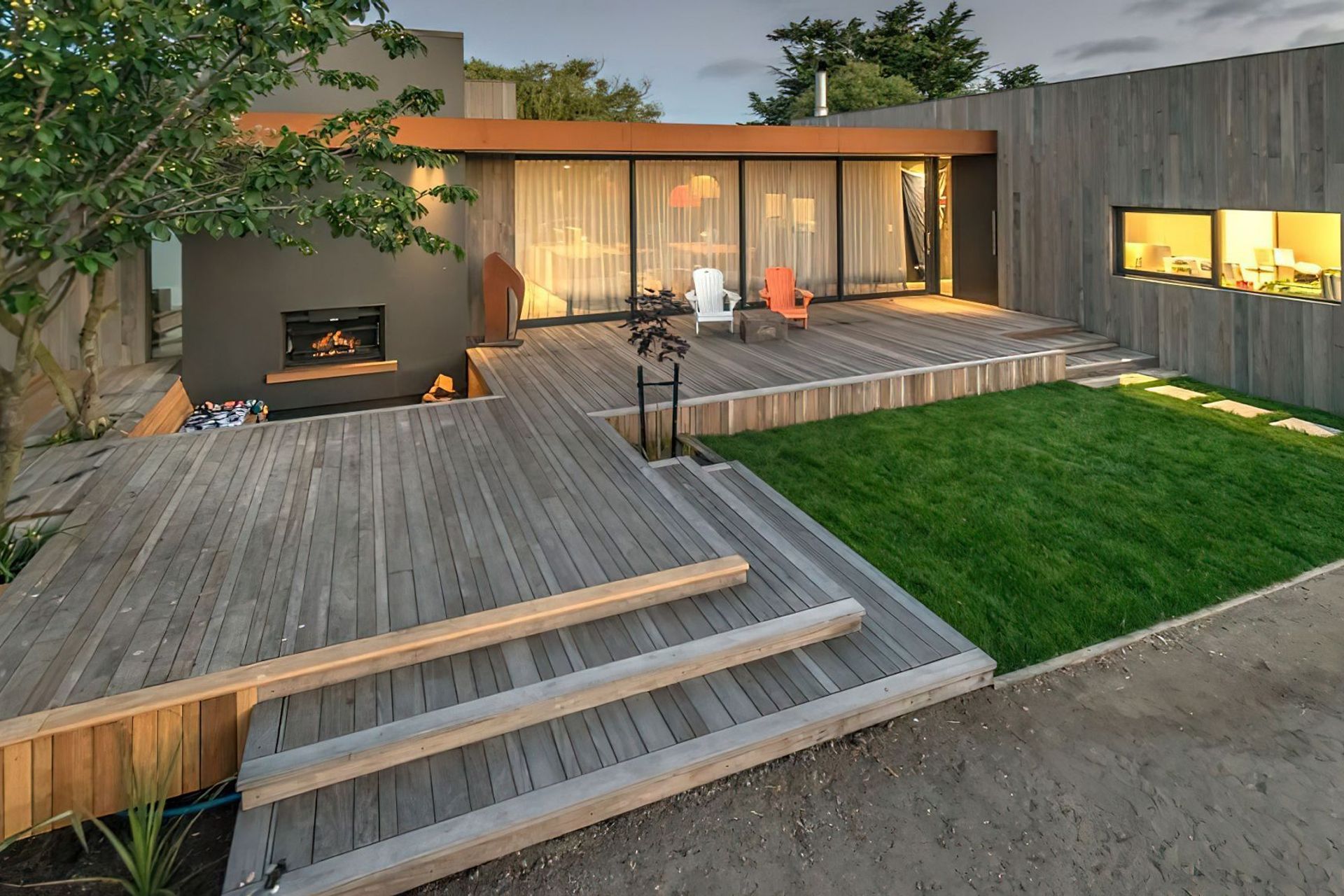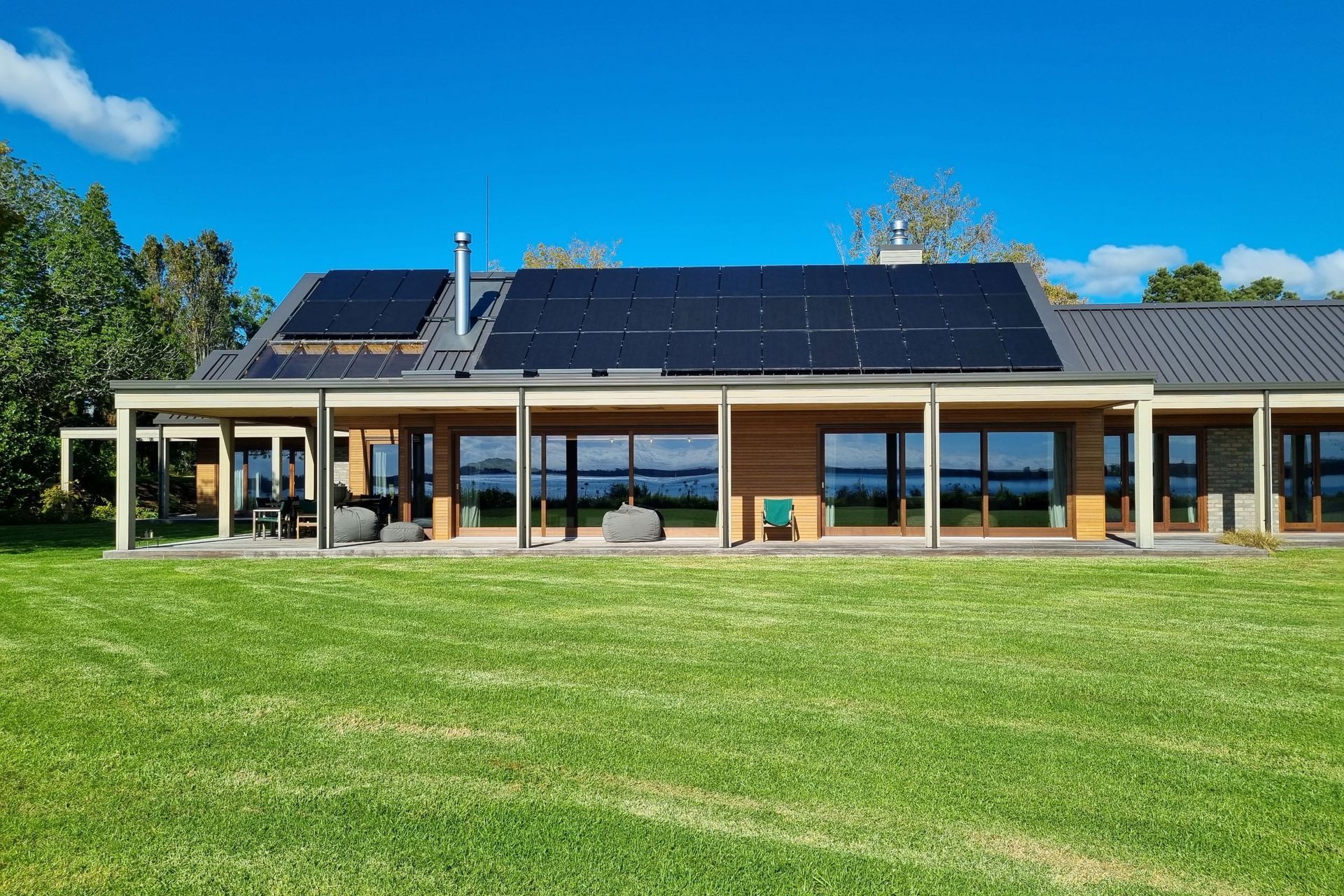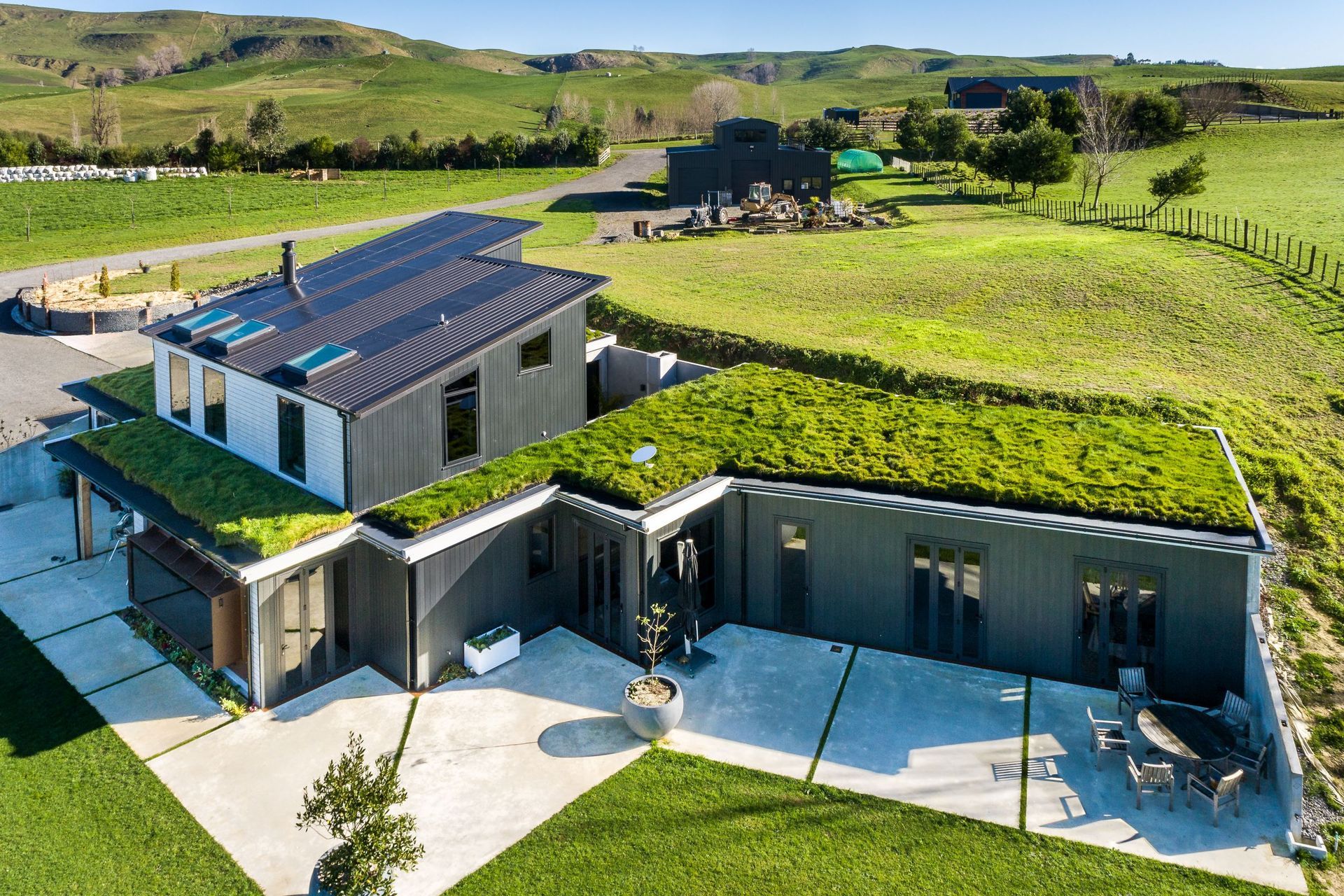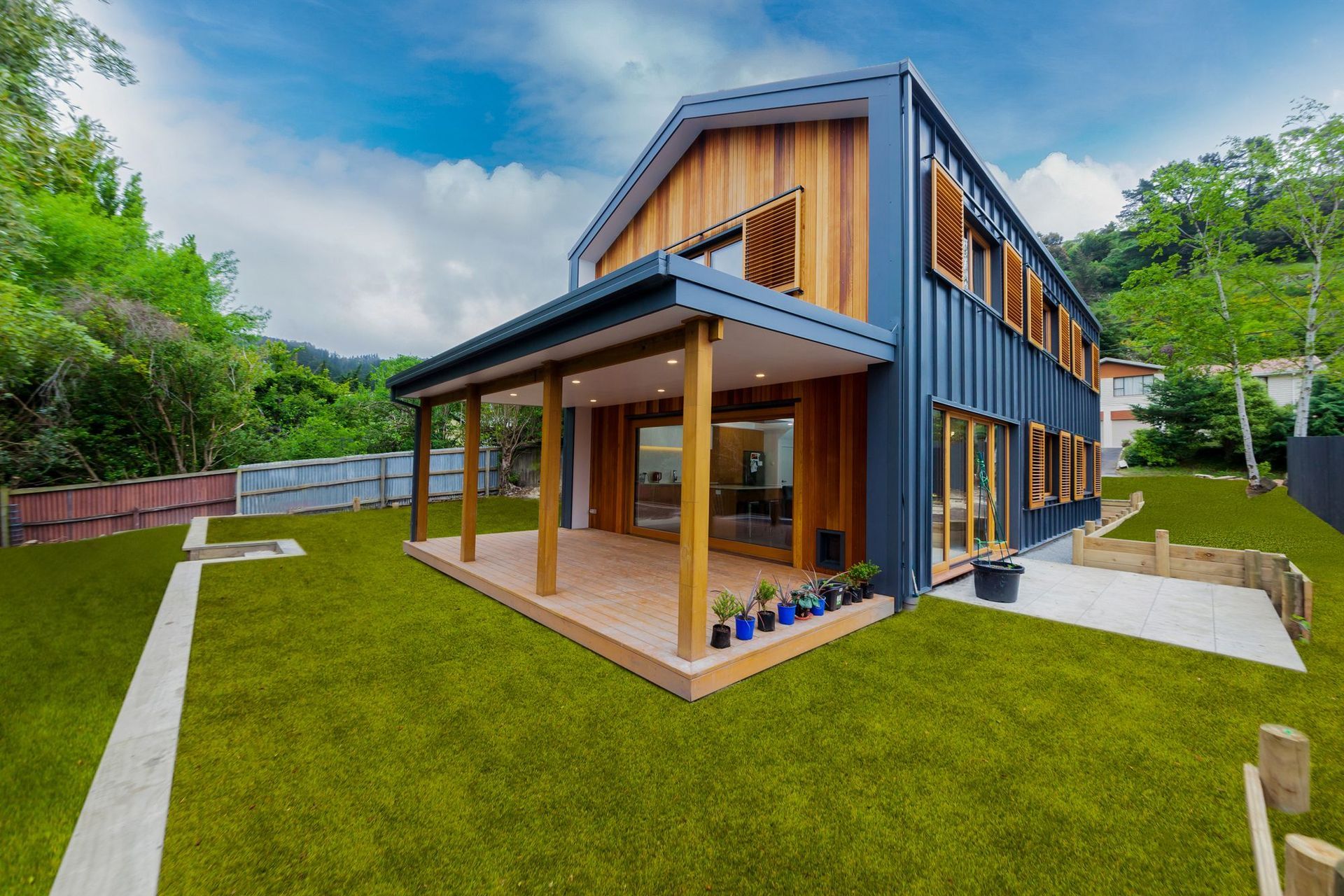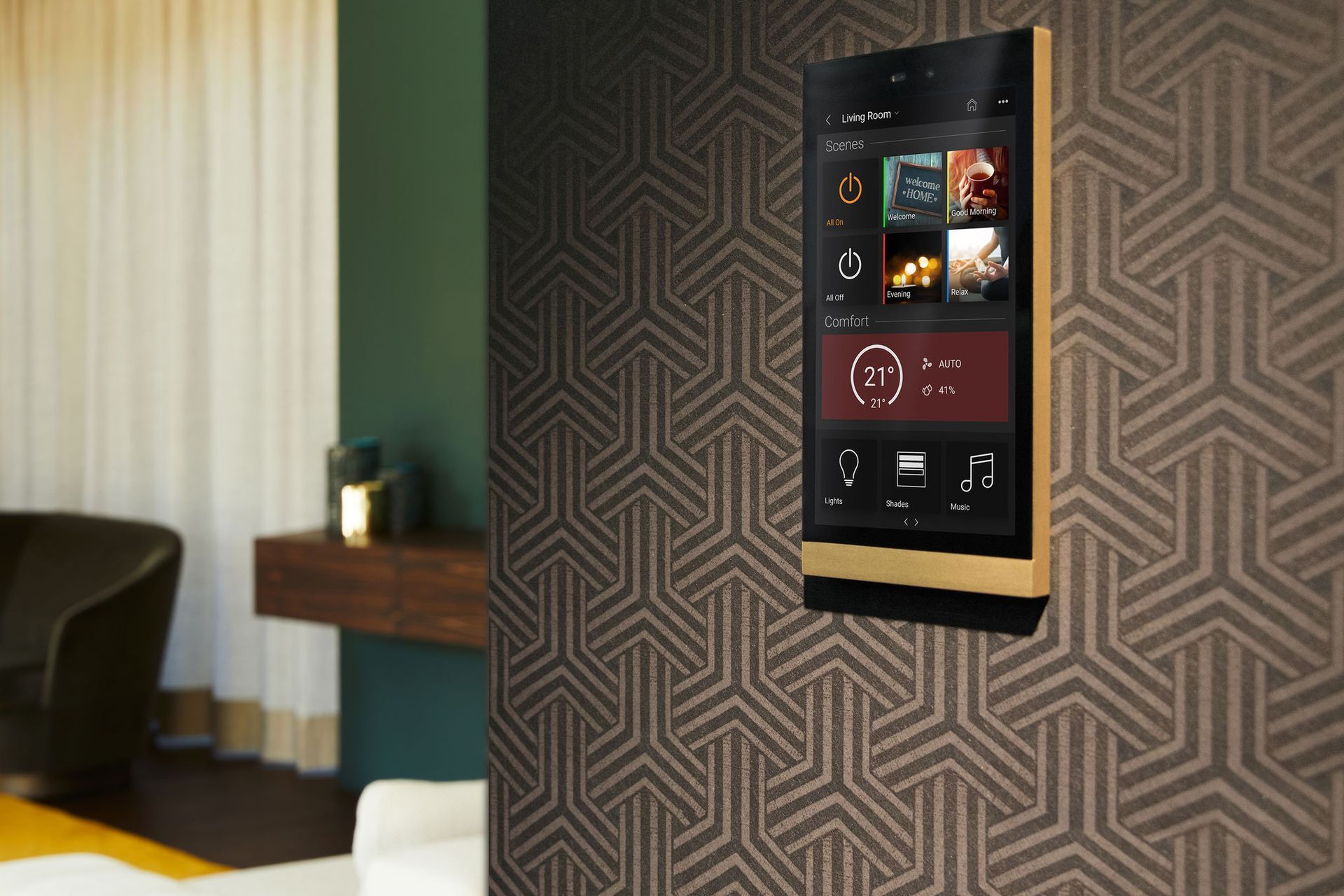Green building trends shaping the industry, our homes and workplaces in New Zealand
Written by
27 February 2024
•
6 min read
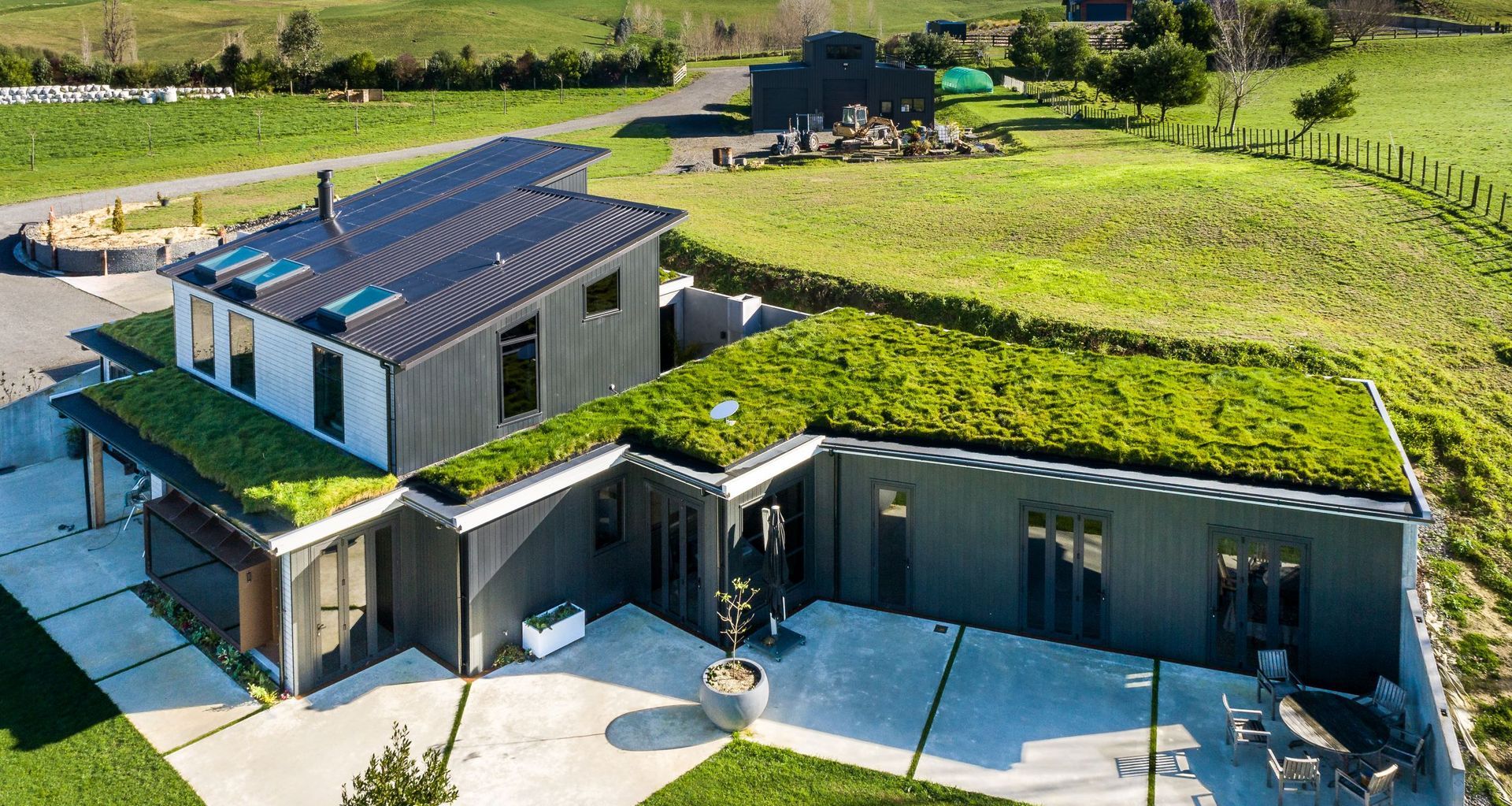
With greenhouse gas emissions continuing to rise across the globe year on year, there's never been a greater focus on sustainable construction practices within the industry here, and abroad. With this, have emerged some fantastic innovations and green building trends that are dramatically changing our understanding of what the industry, our homes and workplaces can be.
1. Sustainable materials
Sustainable building materials are key to the green building movement in New Zealand, reflecting a growing emphasis on creating a sustainable construction industry. This trend involves selecting materials that have a lower environmental impact throughout their lifecycle, from production and use to disposal or recycling.
This includes actions like reusing materials (or recycled materials) like reclaimed brick, glass or steel reducing the demand for virgin resources that traditional building materials draw from. It can also include using Forest Stewardship Council (FSC) certified timber which ensures that it has been sourced sustainably.
The use of rapidly renewable materials like bamboo and wool insulation also falls into this category, especially when compared to synthetic alternatives. The rapid regrowth rate of both the aforementioned examples helps reduce the impact on other finite resources that may otherwise be used.
2. Renewable energy
The use of renewable energy sources in buildings and homes and the desire to lower the carbon footprint have been core issues as far as green building practices go. This can be quite visibly seen by the increasing number of solar panels installed in neighbourhoods across the country. With the high number of sunshine hours experienced in New Zealand along with the falling cost of solar panels and installation, it's an option that makes a tremendous amount of sense.
The use of geothermal systems as well as wind power via wind turbines has also been growing and will likely continue to do so in areas where it is viable, especially as demand on the national grid grows. Small-scale hydroelectric systems are also being embraced in remote farms and businesses that are close to suitable rivers and streams.
3. Green roofs
Green roofs are becoming a notable sustainable trend, especially in commercial and public buildings offering numerous advantages. This includes but is not limited to, enhanced biodiversity, improved stormwater management, better air quality, and increased energy efficiency through natural insulation. They can also extend the lifespan of roofing materials by protecting them from UV radiation and temperature extremes, contributing to lower energy consumption and aesthetic enhancements of buildings. The use of native plants on green roofs also helps support local wildlife, adapting well to the country's diverse climatic conditions.
Despite the clear benefits, the adoption of green roofs does face challenges such as higher initial investments and the need for professional maintenance and expertise. However, with growing environmental awareness and technological advancements, green roofs are gaining traction as a viable option, especially in cities which need to reduce the urban heat island effect. Local government organisations are beginning to recognise these benefits, encouraging the integration of green roofs into new developments and retrofitting, like the Auckland Central Library Roof Remediation Project — an exciting step towards a green building future.
Related article: Architectural trends - what is a green roof system?
4. Passive House design
Passive House design techniques are gaining traction in New Zealand, promoting the construction of buildings that are energy-efficient, comfortable, and healthy. This design standard (known as Passivhaus) has stringent performance criteria, including high-quality insulation, airtight construction, heat recovery ventilation, and thermal bridge-free design, all working together to reduce energy consumption for heating and cooling. As a result, Passive Houses have a minimal environmental footprint while providing superior indoor air quality and living conditions. It addresses issues problematic to New Zealand homes such as condensation, mould, and inadequate indoor air quality, leading to improved health outcomes for a home's inhabitants.
The meticulous construction practices, including comprehensive insulation and optimised ventilation systems, underscore the commitment to minimising energy demand and enhancing efficiency. This trend not only aligns with our country's broader environmental goals but also sets a new standard for constructing buildings that offer tangible benefits in terms of energy savings, health, and reduced environmental impact.
Related article: 9 innovative and inspiring passive houses in New Zealand
5. Improved indoor air quality
Having just mentioned indoor air quality as an integral part of Passive House design, it should also be acknowledged on its own merits when discussing important green building trends. The emphasis on this particular movement has revolved around utilising low-emission building materials, advanced ventilation systems, and innovative air quality management strategies to enhance indoor environmental quality.
These measures not only reduce pollutants and improve air quality within buildings but also support occupant health and productivity in a commercial context. The incorporation of smart technology (more on this later), such as building management systems (BMS), can also play a crucial role in optimising building performance and ensuring efficient energy use, which indirectly contributes to better air quality by reducing the need for excessive heating or cooling.

6. Smart technology
Smart technology is a rapidly growing trend with advancements paving the way for more sustainable, efficient, and occupant-friendly environments. Smart buildings leverage various technologies to optimise building operations, enhance occupant comfort, and minimise environmental impact. Some key smart technologies being adopted in buildings include Artificial Intelligence (AI) for predictive maintenance and energy management, voice control for ease of system interaction, Augmented Reality (AR) for immersive experiences, and edge computing for faster processing and response times.
Additionally, products like smart HVAC systems that adjust based on occupancy and temperature, occupancy sensors for space optimisation, intelligent windows for natural temperature control, and smart lighting paired with motion sensors are fast becoming integral to creating efficient and sustainable buildings. Along with their energy efficiency and sustainability benefits, they also make green buildings much more functional and comfortable too.
Related article: Pioneering smart home technology trends to watch out for in 2024
7. Water conservation
Water conservation has become a pivotal issue in New Zealand, especially given the unpredictable weather patterns in recent times and the growing concerns over water scarcity. The strategies to combat this are to essentially minimise water usage and reduce waste within buildings. For green building designs specifically, this involves measures like installing low-flow plumbing fixtures to reduce water consumption, implementing greywater systems for recycling water from sinks, showers, and laundry for non-potable uses, and adopting rainwater harvesting systems to capture and store rainwater for reuse.
Additionally, water-efficient landscaping practices, such as using drought-resistant plants and efficient irrigation systems, significantly reduce the landscaping water requirements, further contributing to the overall water conservation efforts in buildings.
Some exciting green building trends to watch out for
From the use of green building materials to the installation of solar panels and rainwater tanks, you'll see there are plenty of exciting green building trends that are and will continue to emerge in 2024 and beyond. Having covered these, which are just the tip of the iceberg, you'll hopefully be able to better visualise how net zero energy buildings are a more plausible reality than you might have thought. Others, of course, will argue that they are a necessity — a fact that few in good conscience would debate.
Related article: The latest landscaping trends transforming outdoor spaces in New Zealand
